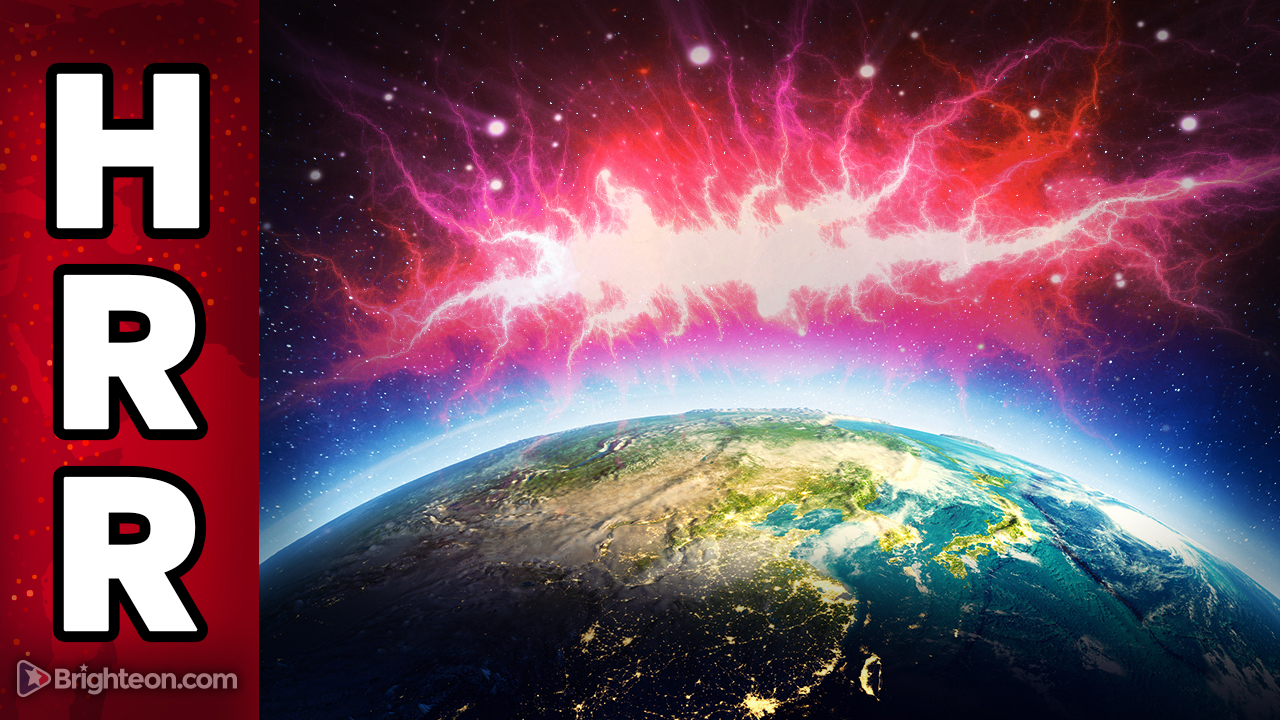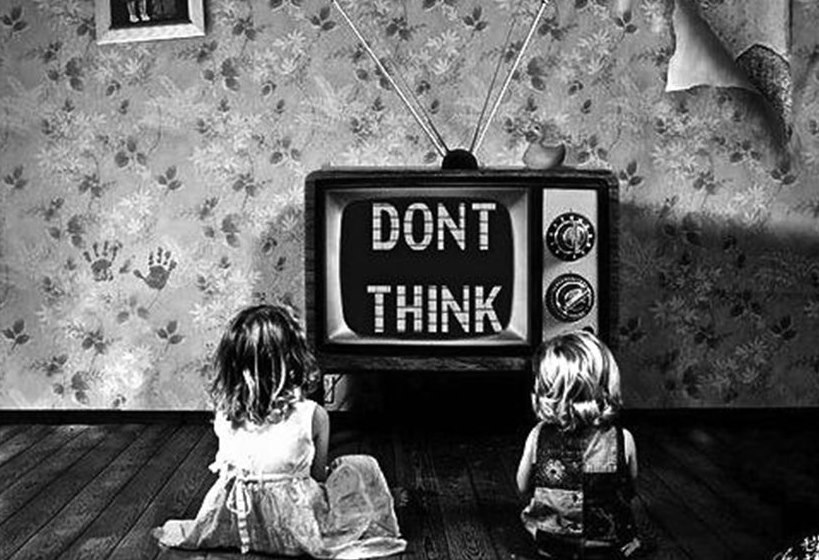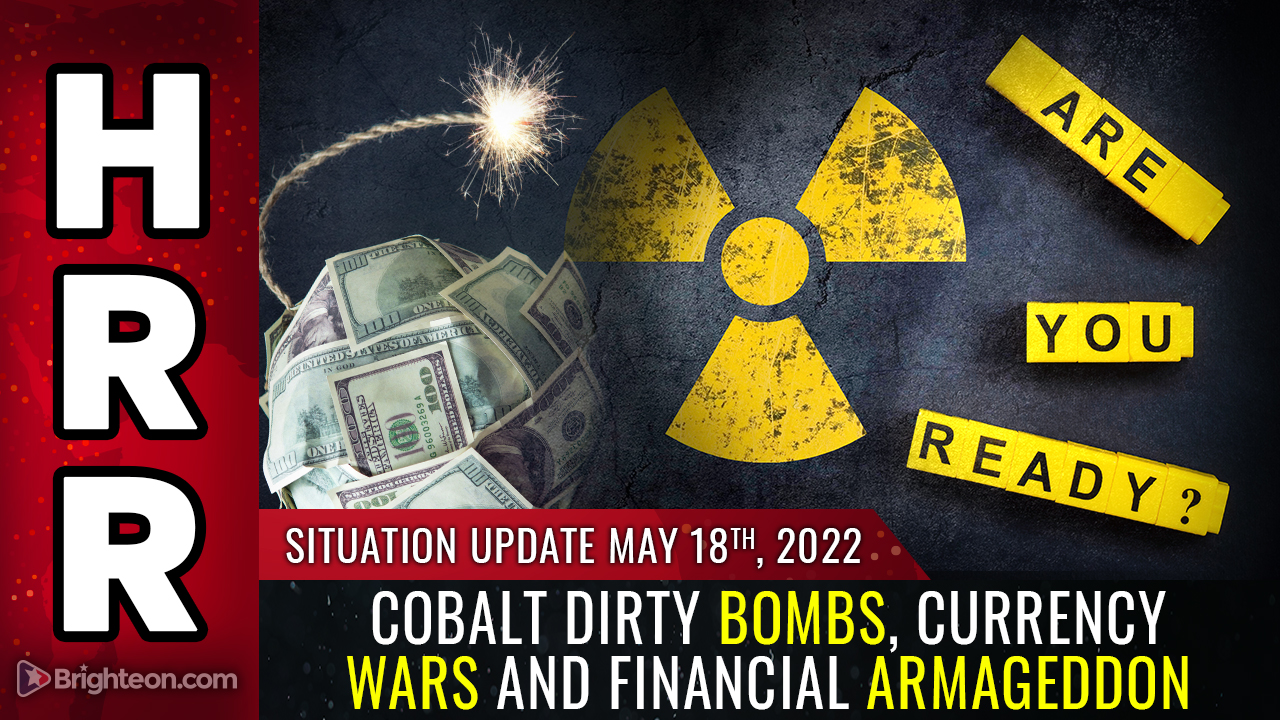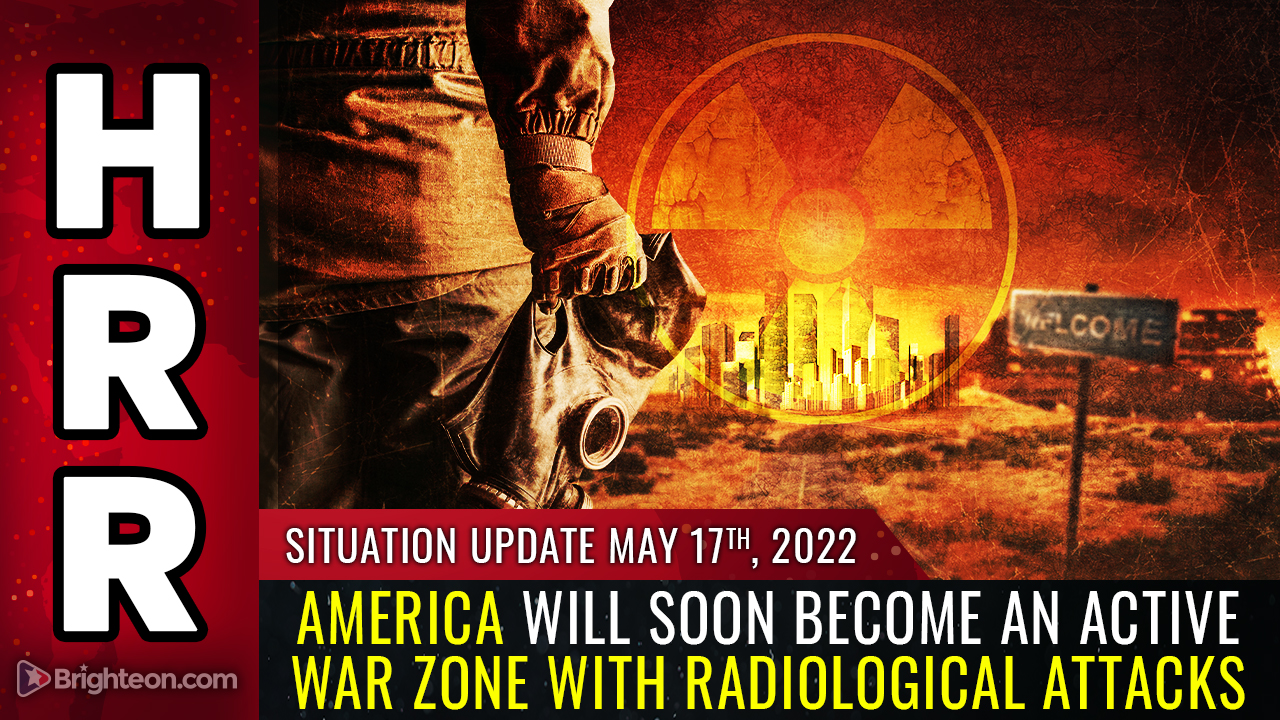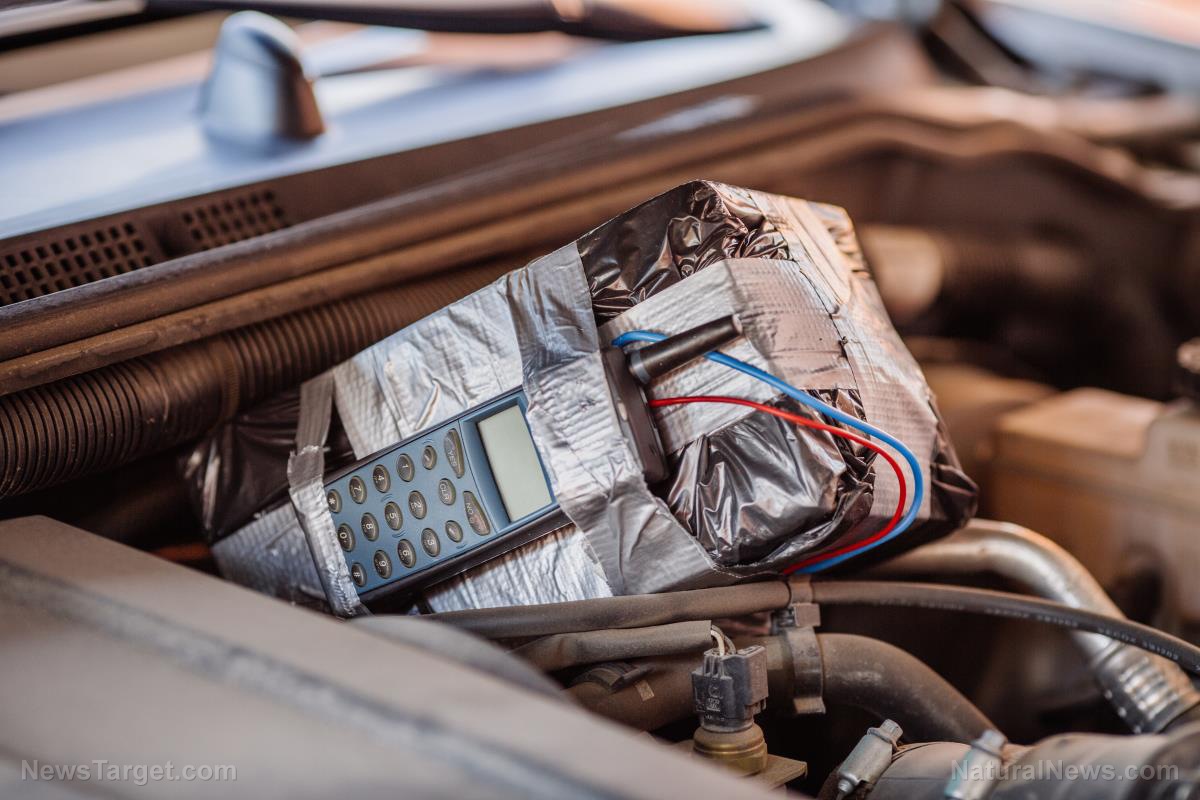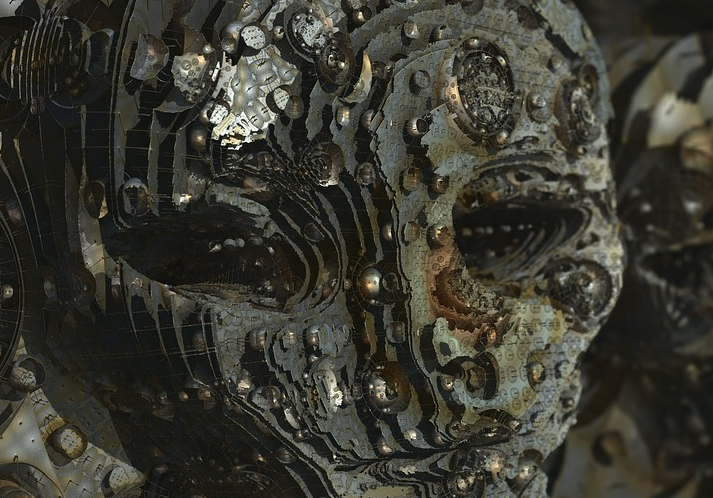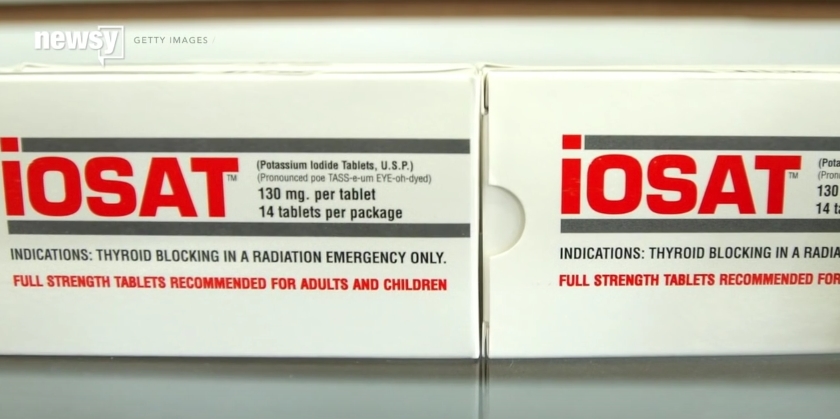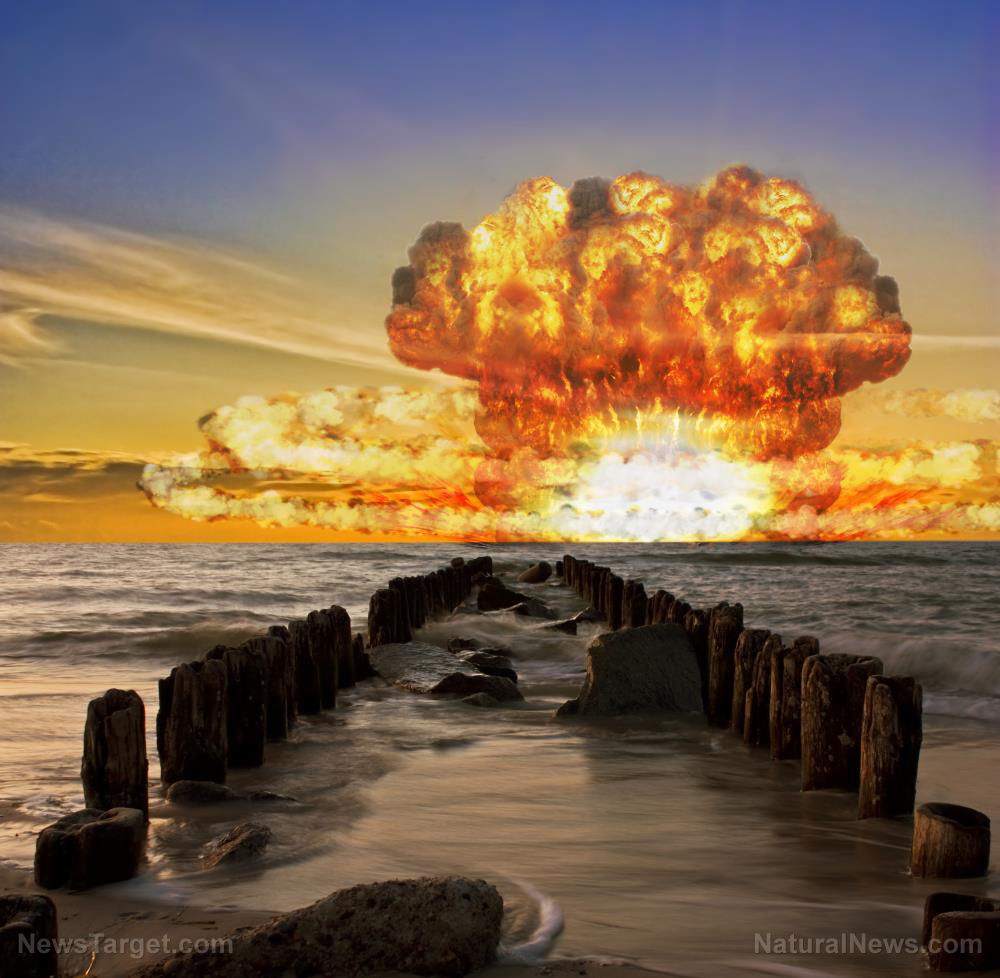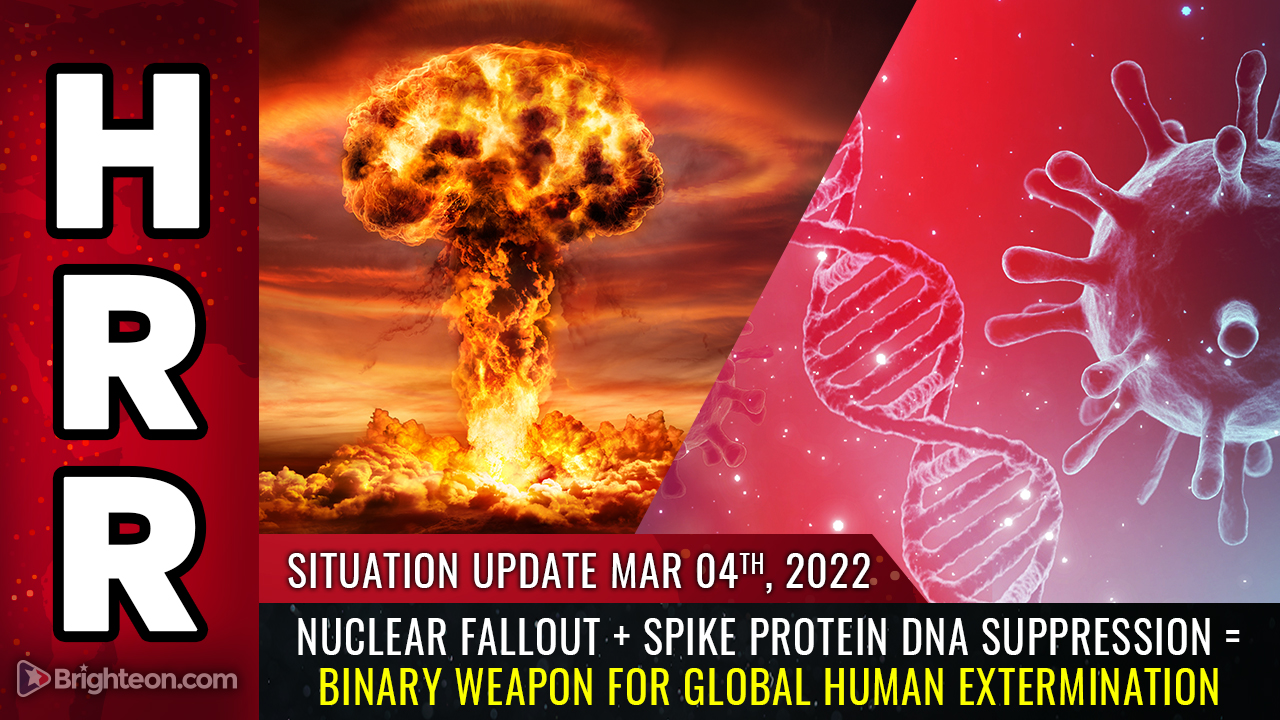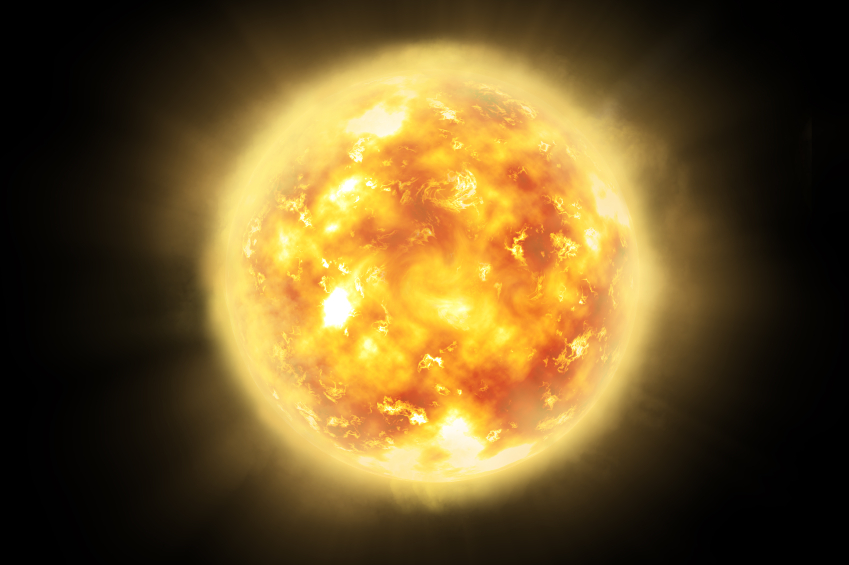Government investigators successfully bought dangerous radioactive materials using forged license and fake shell company
08/14/2022 / By Ethan Huff

How easy is it to illegally buy a nuclear weapon in the United States? If the experience of investigators from the Government Accountability Office (GAO) is any indication, the answer is much easier than you might think.
According to reports, all it took was an easily forged license and a fake shell company to convince two U.S. vendors to ship dangerous radioactive material to what they thought was a legitimate source – but that in reality was just a sting operation.
A new report from GAO about the matter stated that the Nuclear Regulatory Commission (NRC) is utterly failing to properly regulate the sale and movement of nuclear weapons in this country if it is really this easy to get them through fraud. (Related: Check out this earlier piece we published about different types of nuclear weapons and how they affect humans.)
The report explained that the watchdog group merely “provided a copy of a license that GAO forged to the two vendors” and voila: GAO “subsequently obtained invoices and paid the vendors.”
GAO, of course, did not accept the shipment since it was just a test. The group said it “safely and securely” returned the radioactive material to the vendors without opening or doing anything with it.
“While radioactive materials have legitimate medical and industrial uses, the illicit possession, purchase and use of radioactive materials pose an extreme threat to homeland security,” wrote Rep. Ritchie Torres (D-N.Y.), a member of the House Homeland Security Committee, to the NRC. Torres urged the regulator to tighten its process in order to avert a potential national security disaster.
“Without additional security protocols, including a more rigorous system of independent license verification, a terrorist could exploit current vulnerabilities to obtain radioactive material and weaponize it into a dirty bomb against a soft target in America’s largest cities,” Torres added.
They keep talking about “dirty” nuclear weapons striking New York City – is a false flag on the way?
In a separate interview with Defense News, Torres reiterated the fact that under the current paradigm, virtually anyone with the desire to do so could open a synthetic company, obtain or copy a fraudulent license, and procure “dangerous amounts of radioactive material that could be weaponized into a dirty bomb.”
“Disperse radioactive material in a city as densely populated as New York, and it could cause catastrophic damage,” he added.
This is hardly the first time that the Big Apple has come up in the national conversation about nuclear weapons. A few weeks back, the city put out a public service announcement instructing residents about what to do in the event of a nuclear attack.
Now, the results of this GAO investigation are bringing New York City back into the conversation once again. Is someone planning to make the city a target of a dirty nuclear bomb in another false flag attack?
Torres said he wants the NRC to immediately overhaul its independent license verification system to include category 3 quantities of radioactive materials. This, he said, will help to prevent dirty nukes from potentially being used against American cities.
The GAO report suggested that under the current rules, a malicious actor could obtain a category 2 quantity of radioactive material “by purchasing and aggregating more than one category 3 quantity from multiple vendors.”
In his letter, Torres called on the NRC to “assess the need for independent license verification for category four and five radioactive materials,” which goes even further than what the GAO is recommending.
David McIntyre, an NRC spokesman, said his agency is “taking actions to address the issues identified by the GAO.”
More news coverage like this can be found at NuclearWeapons.news.
Sources for this article include:
Submit a correction >>
Tagged Under:
dirty bomb, false-flag, forged, fraud, Government Accountability Office, investigation, national security, New York City, nuclear, Nuclear Regulatory Commission, nuclear weapons, radiation, radioactive, regulation, rigged, shell company, terrorism, weird science
This article may contain statements that reflect the opinion of the author
RECENT NEWS & ARTICLES
COPYRIGHT © 2017 RADIATION SCIENCE



